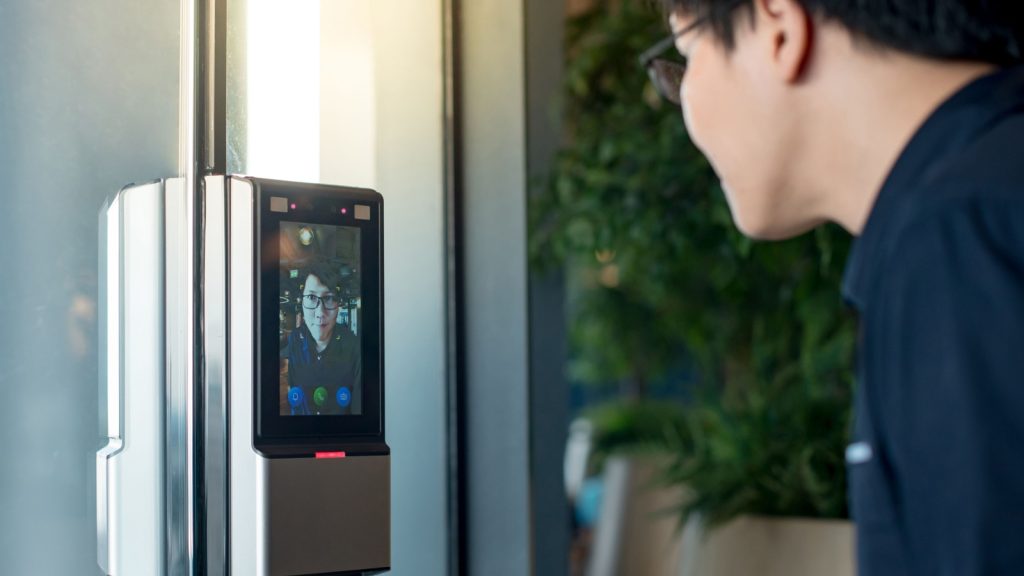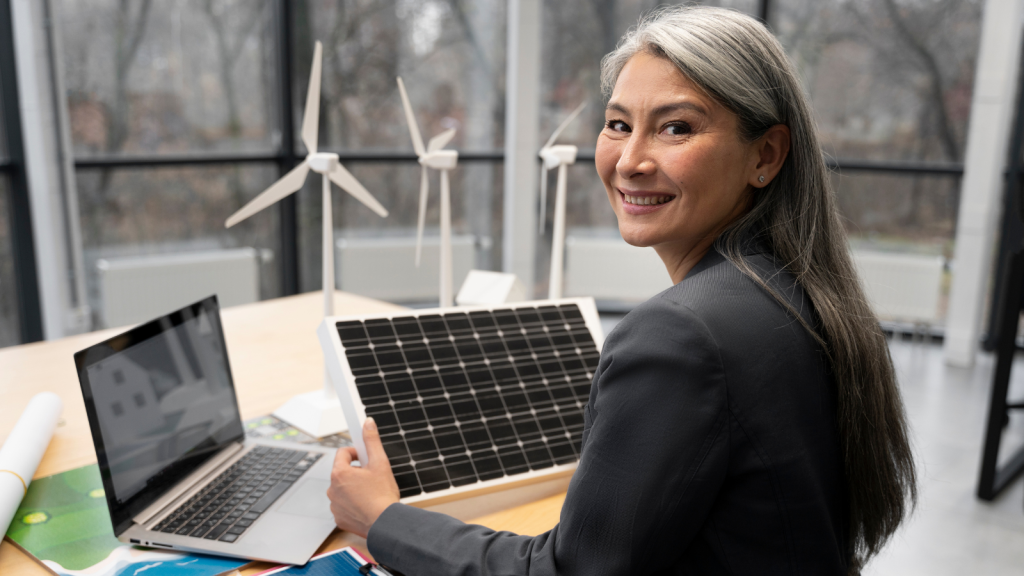Artificial Intelligence (AI) has rapidly evolved from a sci-fi concept to a real-world technology that’s reshaping our daily routines. It’s no longer confined to research labs or tech giants; AI has seeped into our homes, workplaces, and even our pockets. From the moment we wake up to when we hit the hay, AI is quietly working behind the scenes, making our lives easier, safer, and more efficient. But how exactly is it doing this? Let’s explore 21 ways AI is transforming our everyday experiences, often without us even realising it.
Personalised Music Recommendations

AI algorithms analyse your listening habits to suggest songs you might fancy. Streaming services like Spotify use AI to create personalised playlists, introducing you to new artists and genres based on your taste. This technology has revolutionised how we discover music, making it easier to find tunes that resonate with our mood and preferences. The AI also considers factors like tempo, key, and even lyrics to create a seamless listening experience that feels tailor-made for each user.
Smart Home Automation

AI-powered smart home devices learn your habits and preferences to automate your living space. Your thermostat can adjust the temperature based on your daily routine, while smart lights can mimic your usual lighting patterns when you’re away. These systems not only make life more convenient but can also help reduce energy consumption and boost home security. Advanced AI systems can even predict your needs, like preheating the oven just before you typically start cooking dinner.
Virtual Assistants

Siri, Alexa, and Google Assistant have become our go-to helpers for quick information and tasks. These AI-powered virtual assistants can set reminders, answer questions, and even control other smart devices in your home. They’re constantly learning and improving, becoming more adept at understanding natural language and providing helpful responses. Some advanced virtual assistants can now handle complex tasks like scheduling appointments or making reservations, seamlessly interacting with other services on your behalf.
Fraud Detection

AI systems are working tirelessly to keep your financial transactions secure. Banks and credit card companies use AI to detect unusual spending patterns that might indicate fraud. These systems can flag suspicious activity in real-time, often preventing fraudulent transactions before they’re completed. AI fraud detection systems are also becoming increasingly sophisticated at identifying new types of fraud schemes, adapting quickly to evolving threats.
Traffic Management

AI is helping to ease urban congestion by optimising traffic light timings and predicting traffic patterns. Some cities are using AI-powered systems to adjust traffic signals in real-time based on current road conditions. This not only reduces travel times but also helps to lower emissions from idling vehicles. AI can also integrate data from various sources, including weather forecasts and event schedules, to predict and mitigate potential traffic hotspots before they occur.
Predictive Text and Autocorrect

The keyboard on your smartphone uses AI to predict what you’re going to type next and correct your mistakes. These features have become increasingly accurate over time, learning from your personal writing style to offer more relevant suggestions. They’re a prime example of how AI can streamline everyday tasks we often take for granted. Some advanced systems can even adapt to different contexts, offering more formal suggestions in work emails and casual ones in text messages to friends.
Voice-to-Text Transcription

AI-powered voice recognition has made it possible to accurately transcribe speech to text in real-time. This technology is particularly useful for creating quick notes, dictating messages while driving, or making content more accessible for those with hearing impairments. The accuracy of these systems continues to improve, making them increasingly reliable for a variety of applications. Modern AI transcription systems can often distinguish between multiple speakers and even capture emotional tone, adding another layer of context to transcribed conversations.
Personalised Online Shopping

E-commerce platforms use AI to analyse your browsing and purchase history, offering personalised product recommendations. This technology helps you discover items you might like and makes online shopping more efficient. It’s like having a personal shopper who knows your tastes and preferences intimately. AI can also predict trends and adjust inventory accordingly, ensuring that popular items are in stock when you’re ready to buy.
Facial Recognition

From unlocking your smartphone to tagging friends in photos, facial recognition AI has become a part of our daily lives. While it raises important privacy concerns, this technology also enhances security in various applications. It’s being used in airports for faster check-ins and by law enforcement to identify suspects. Advanced facial recognition systems can now detect emotions and even potential health issues, opening up new possibilities in fields like healthcare and customer service.
Email Filtering

AI algorithms work behind the scenes to keep your inbox organised. They sort your emails into categories, filter out spam, and even suggest quick replies. This technology saves time and helps manage the overwhelming volume of emails many of us receive daily. Some advanced email AI can prioritise messages based on their importance and urgency, ensuring you never miss a crucial email amidst the clutter.
Health Monitoring

Wearable devices use AI to track your health metrics and provide insights. These devices can monitor your heart rate, sleep patterns, and activity levels, offering personalised health advice. Some advanced systems can even detect potential health issues early, prompting users to seek medical attention. AI in health monitoring is becoming increasingly sophisticated, with some systems now able to detect conditions like atrial fibrillation or early signs of diabetes.
Language Translation

AI-powered translation tools have made it easier to communicate across language barriers. Apps like Google Translate can now provide near real-time translations of both text and spoken language. This technology is breaking down communication barriers and making international travel and business more accessible. Recent advances in AI translation have even made it possible to maintain tone and context in translations, preserving much of the nuance of the original language.
News Curation

AI algorithms analyse your reading habits to present news articles that align with your interests. While this personalisation can make staying informed more convenient, it’s important to be aware of potential echo chambers and seek out diverse perspectives. Some news platforms are now using AI to offer a “balanced diet” of news, intentionally including articles from various viewpoints to provide a more rounded news experience.
Smart Cameras

Modern cameras use AI to enhance photo quality and offer features like portrait mode and night sight. These AI-powered features can automatically adjust settings to capture the best possible image in various conditions. Some cameras can even recognise scenes and subjects, optimising settings accordingly. Advanced AI cameras can now create 3D models from 2D images, opening up new possibilities in fields like architecture and virtual reality.
Voice-Controlled Devices

AI has made it possible to control various devices with voice commands. From smart TVs to home appliances, voice control is becoming increasingly common. This technology is particularly beneficial for those with mobility issues, making home automation more accessible. The latest voice-controlled AI can understand context and chain commands together, allowing for more natural and complex interactions.
Automated Customer Service

Many companies now use AI-powered chatbots for customer service. These systems can handle basic queries and requests, freeing up human agents for more complex issues. While they’re not perfect, these chatbots are continually improving, offering faster response times and 24/7 availability. Advanced AI customer service systems can now handle emotions, adjusting their responses based on the customer’s mood to provide a more empathetic interaction.
Personalised Learning

AI is transforming education by offering personalised learning experiences. Adaptive learning platforms use AI to assess a student’s strengths and weaknesses, tailoring the curriculum accordingly. This technology can help students learn at their own pace and focus on areas where they need the most improvement. Some AI learning systems can even predict future performance and suggest interventions before a student falls behind.
Smart Energy Grids

AI is playing a crucial role in optimising energy distribution and consumption. Smart grids use AI to predict energy demand, integrate renewable sources more efficiently, and detect faults in the system. This technology is key to creating more sustainable and reliable energy systems. AI can also enable dynamic pricing, encouraging energy use during off-peak hours and helping to balance the load on the grid.
Autonomous Vehicles

While fully autonomous cars aren’t yet commonplace, AI is already enhancing vehicle safety. Features like lane assist, automatic emergency braking, and adaptive cruise control rely on AI to improve road safety. As this technology advances, we’re moving closer to a future with self-driving vehicles. AI in vehicles is also being used to optimise routes for fuel efficiency and to predict maintenance needs, potentially reducing the environmental impact of transportation.
Content Moderation

Social media platforms use AI to help moderate content and identify potentially harmful or inappropriate posts. While human moderators are still crucial, AI can quickly flag problematic content for review. This technology helps maintain safer online environments, though it’s not without its challenges and controversies. Advanced AI moderation systems are now being trained to understand context and nuance, helping to reduce false positives and improve the overall quality of content moderation.
Predictive Maintenance

AI systems can predict when machinery or equipment is likely to fail, allowing for proactive maintenance. This technology is used in various industries, from manufacturing to transportation. By preventing unexpected breakdowns, predictive maintenance can save time, money, and potentially lives. Some advanced AI systems can even suggest optimal maintenance schedules based on usage patterns and environmental factors, further optimising operations and reducing downtime.
From Sunrise to Sunset: 19 Incredible Facts About the Sun That Will Light Up Your Universe

Our sun, an immense sphere of burning gas, and the centerpiece of our solar system, influences every aspect of life on Earth. But despite its everyday presence, many of us know little about its complexities and the pivotal role it plays.
Read More: From Sunrise to Sunset: 19 Incredible Facts About the Sun That Will Light Up Your Universe
21 Things Pilots Are Forbidden to Do During Flights

Have you ever wondered what rules pilots must follow while they’re in the cockpit? Being a pilot is a job that comes with a lot of responsibility and a strict set of rules to ensure the safety of everyone on board.
These rules ensure that pilots maintain the highest standards of safety and professionalism while flying. By adhering to these guidelines, they help ensure that every flight reaches its destination safely.
Read More: 21 Things Pilots Are Forbidden to Do During Flights
Katy Willis is a writer, master herbalist, master gardener, and certified canine nutritionist who has been writing since 2002. She’s finds joy in learning new and interesting things, and finds history, science, and nature endlessly fascinating.

